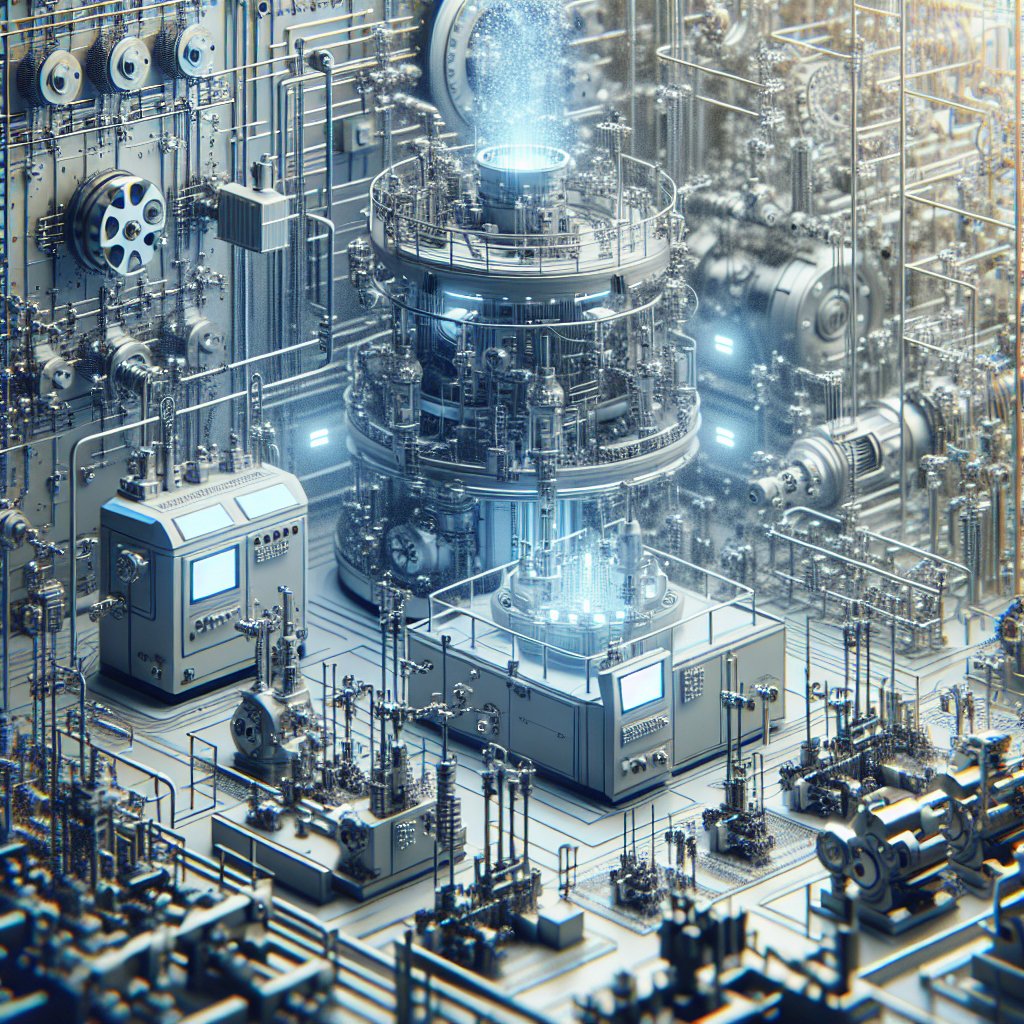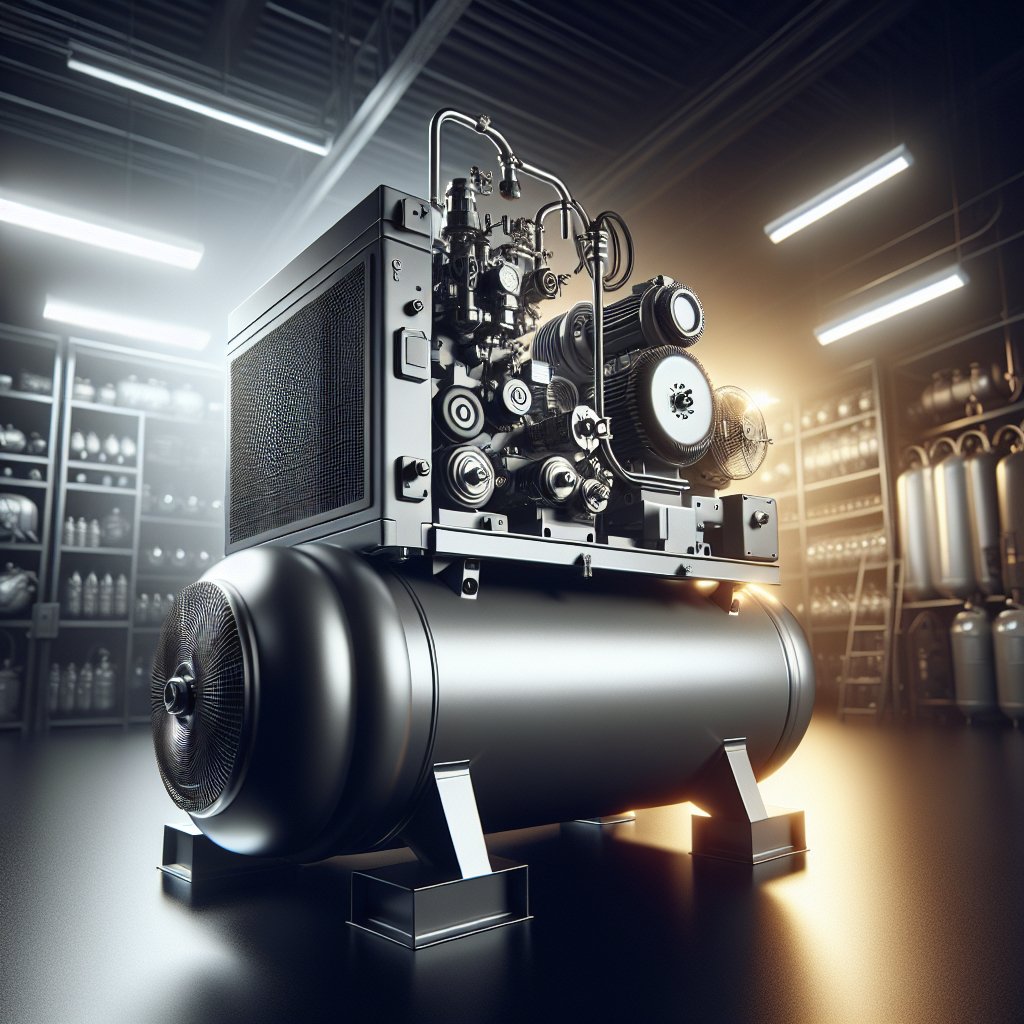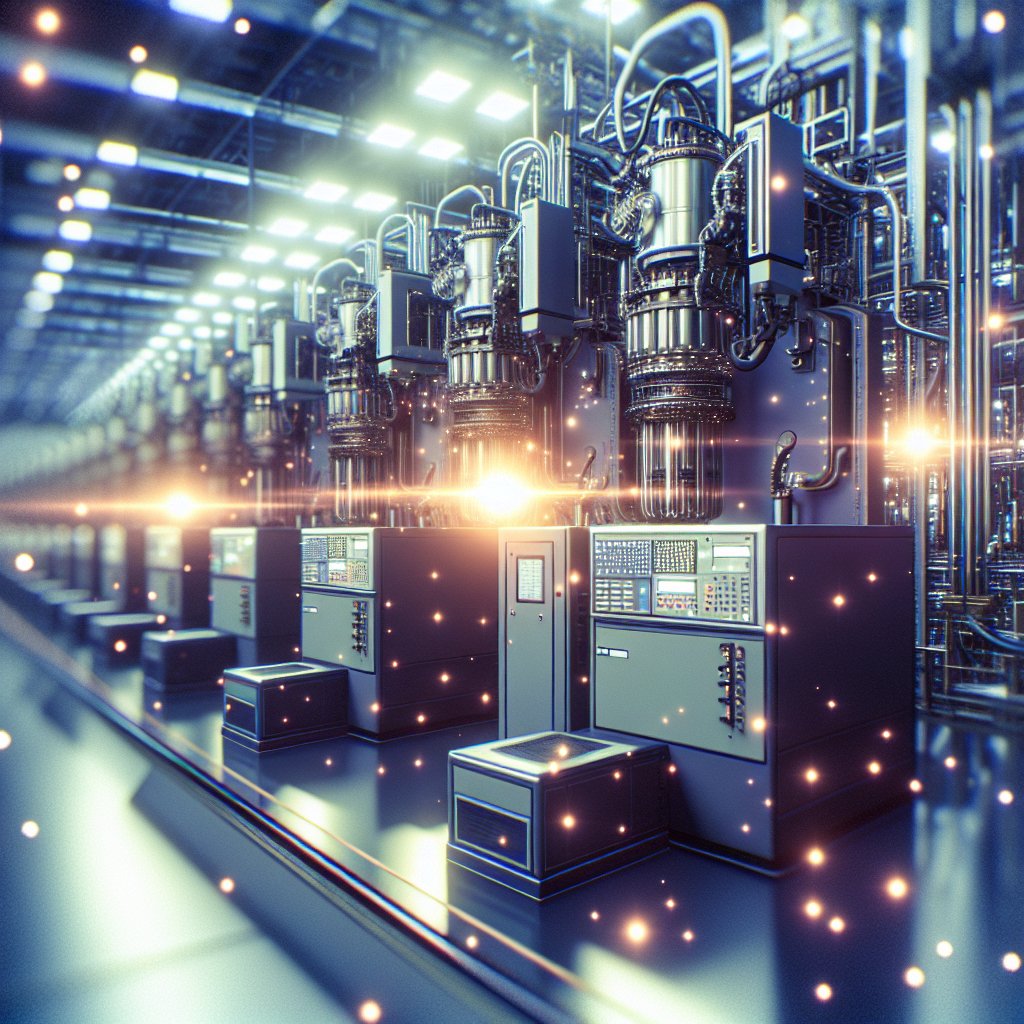
Nanotechnology is revolutionizing the field of industrial equipment design, offering unprecedented opportunities for innovation and efficiency. By manipulating materials at the nanoscale, engineers and designers can create equipment that is not only more efficient but also more durable and environmentally friendly. This article explores the profound impact of nanotechnology on industrial equipment design, examining its applications, benefits, and future potential.
Understanding Nanotechnology
Nanotechnology involves the manipulation of matter on an atomic, molecular, and supramolecular scale. It is a multidisciplinary field that combines elements of physics, chemistry, biology, and engineering. The primary goal of nanotechnology is to create new materials and devices with enhanced properties and functionalities. In the context of industrial equipment design, nanotechnology enables the development of components that are lighter, stronger, and more resistant to wear and corrosion.
The Basics of Nanotechnology
At its core, nanotechnology is about controlling and restructuring matter at the nanoscale, which is about 1 to 100 nanometers. To put this into perspective, a single nanometer is one-billionth of a meter. At this scale, materials can exhibit unique physical and chemical properties that differ significantly from their bulk counterparts. These properties include increased strength, lighter weight, enhanced chemical reactivity, and improved electrical conductivity.
Applications in Industrial Equipment Design
Nanotechnology has a wide range of applications in industrial equipment design. One of the most significant is the development of nanocomposites, which are materials that incorporate nanoparticles to enhance their mechanical and thermal properties. These materials are used in the construction of various industrial components, such as gears, bearings, and seals, to improve their performance and longevity.
Another application is in the field of coatings. Nanocoatings can be applied to equipment surfaces to provide protection against corrosion, wear, and fouling. These coatings are often more effective and longer-lasting than traditional coatings, reducing maintenance costs and downtime.
Benefits of Nanotechnology in Industrial Equipment Design
The integration of nanotechnology into industrial equipment design offers numerous benefits. These advantages not only improve the performance and efficiency of the equipment but also contribute to sustainability and cost-effectiveness.
Enhanced Performance and Efficiency
One of the primary benefits of nanotechnology is the enhancement of equipment performance and efficiency. Nanomaterials can significantly improve the strength-to-weight ratio of components, allowing for the design of lighter and more efficient machinery. This is particularly beneficial in industries such as aerospace and automotive, where weight reduction is crucial for fuel efficiency and performance.
Additionally, nanotechnology can improve the thermal and electrical conductivity of materials, leading to more efficient heat dissipation and energy transfer. This is essential in high-performance applications where overheating can lead to equipment failure.
Durability and Longevity
Nanotechnology also contributes to the durability and longevity of industrial equipment. Nanocomposites and nanocoatings provide superior resistance to wear, corrosion, and chemical attack, extending the lifespan of components and reducing the need for frequent replacements. This not only lowers maintenance costs but also minimizes downtime, increasing overall productivity.
Environmental Impact
Incorporating nanotechnology into industrial equipment design can have a positive impact on the environment. By improving the efficiency and durability of equipment, nanotechnology helps reduce energy consumption and waste generation. Furthermore, the use of nanocoatings can decrease the need for harmful chemicals and solvents in maintenance processes, contributing to a cleaner and safer working environment.
Challenges and Future Prospects
Despite its numerous benefits, the integration of nanotechnology into industrial equipment design is not without challenges. These challenges must be addressed to fully realize the potential of nanotechnology in this field.
Technical and Economic Challenges
One of the main technical challenges is the scalability of nanotechnology. While it is relatively easy to produce nanomaterials in small quantities, scaling up production to meet industrial demands can be difficult and costly. This is often due to the complexity of the processes involved and the need for specialized equipment.
Economically, the high cost of nanomaterials and the initial investment required for nanotechnology research and development can be prohibitive for some companies. However, as the technology matures and becomes more widespread, these costs are expected to decrease, making nanotechnology more accessible to a broader range of industries.
Regulatory and Safety Concerns
Another challenge is the regulatory and safety concerns associated with nanotechnology. The unique properties of nanomaterials can pose potential risks to human health and the environment. As a result, there is a need for comprehensive regulations and guidelines to ensure the safe use and disposal of nanomaterials in industrial applications.
Future Prospects
Despite these challenges, the future prospects for nanotechnology in industrial equipment design are promising. Ongoing research and development efforts are focused on overcoming technical and economic barriers, as well as addressing safety and regulatory concerns. As these issues are resolved, the adoption of nanotechnology in industrial equipment design is expected to accelerate, leading to even greater innovations and efficiencies.
In conclusion, nanotechnology is poised to have a transformative impact on industrial equipment design. By enabling the creation of materials and components with enhanced properties, nanotechnology offers significant benefits in terms of performance, efficiency, durability, and environmental impact. While challenges remain, the continued advancement of nanotechnology promises to drive further innovation and progress in the field of industrial equipment design.

